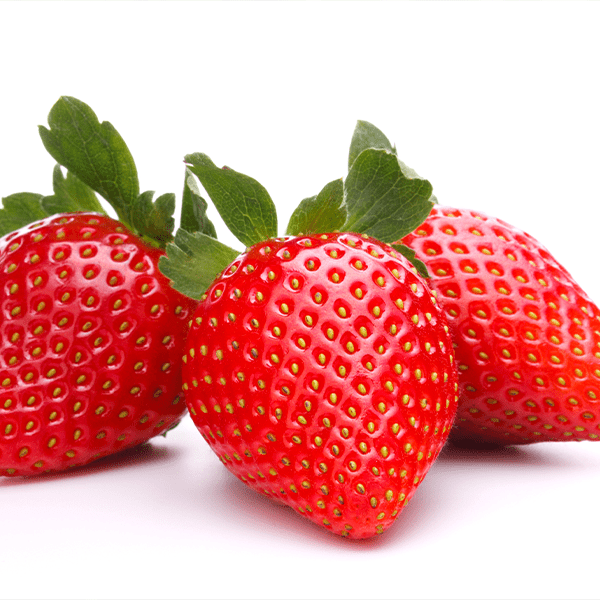Many strawberries contain pesticide residues, as revealed by a survey conducted in 2013 by the French environmental association, Générations Futures. An analysis of 49 samples of strawberries sold commercially showed that 100% of strawberries from a southern European country were contaminated by chemical residues. Yet this country is one of the world’s leading strawberry producers. What about French strawberries? What alternatives have our strawberry growers opted for to limit their pesticide use?
Pesticides in strawberries: beware, danger!
Générations futures is a “foundation that puts into perspective the dangers of pesticides and genetically modified organisms”. After carrying out a survey, the association revealed the percentage of strawberries containing pesticides in 46 French and Spanish strawberry samples. Result? 92% were found to be contaminated with pesticides.
Yet, there is nothing at all illegal about strawberry growers’ practices despite the fact that, according to Générations futures, “on just one strawberry, up to twelve different molecules could be found.” In reality, according to the association, “growers vary the molecules used in order to remain within the maximum residue limits”.
Générations Futures spokesman insisted that immediate and strict measures be implemented to reduce consumers’ exposure to pesticides and that “an appropriate strategy should be adopted, with the application of more fitting solutions: solutions exist and are backed up by supporting evidence”.

How can we limit the use of pesticides on strawberries?
What’s more, according to these studies, the most guilty country is the leading strawberry producer. France is in only ranked 5th. Every second, 3.8 kg of the fruit are consumed in France. Up to 120,000 tonnes are eaten annually and, on average, 2.5 kg per household. To avoid pesticide residues, one of the alternatives would be to grow organic strawberries or varieties that are a little more resistant to diseases.
Every year, from the end of January, punnets of bright red strawberries, with thick stems and frilly caps fill fruit and vegetable stands. These are not Gariguettes, but strawberries that have arrived from Southern Europe, transported in refrigerated lorries at 2°C. At first sight, the strawberries look appealing. But when we bite into them, we’re soon disappointed... Little taste, little flavour... Times have changed: fifty years ago, market gardeners or home-growers picked their strawberries between 15 May and 15 June. In these days, fruit travelled far less by plane, train or lorry. Despite the modernisation of distribution channels and the emergence of international markets, French producers in the south-east and south-west of the country maintain this tradition, respecting the season and, as a result, the flavour.
Why are some strawberries produced elsewhere in Europe more contaminated than French strawberries?
In 1984, based on practices in California, farmers in a southern European country began growing strawberries on an industrial scale using a relatively simple principle: each individual plant is drip fed the nutrients and trace elements it needs. All the crops are grown inside plastic tunnels to protect them from bad weather or diseases. This production method, along with a slight climatic (and seasonal) advantage, means that this Mediterranean country is able to supply strawberries from January to June. As a result, it has now become one Europe’s biggest producers in this sector: 300,000 tons, with more than half destined for the export market.
Choosing the Gariguette variety to limit pesticides
Exports from this country are not just intended for France, but also Germany, previously an uncontested stronghold of French strawberries before they were ousted by strawberries from this other country. French producers systematically took the opposite line, rejecting the growing practices outlined above. They prefer field crops to plastic tunnels in soil carefully managed by applying just the right amount of nutrients needed in surface and in depth. Hence the choice of a variety now considered to be the very best field strawberry: the Gariguette, on the market from 15 April to 15 May.
Would you like to grow strawberries outdoors or in a tunnel using sustainable methods? Our specialists can offer nutritional and environmentally-friendly solutions to help you develop your crops. Don’t hesitate to contact us!
Talk to our experts
Natual is a range of plant-based nutritional supplements designed to support the physiological functions of farm animals and crops, and in particular their natural defences.

